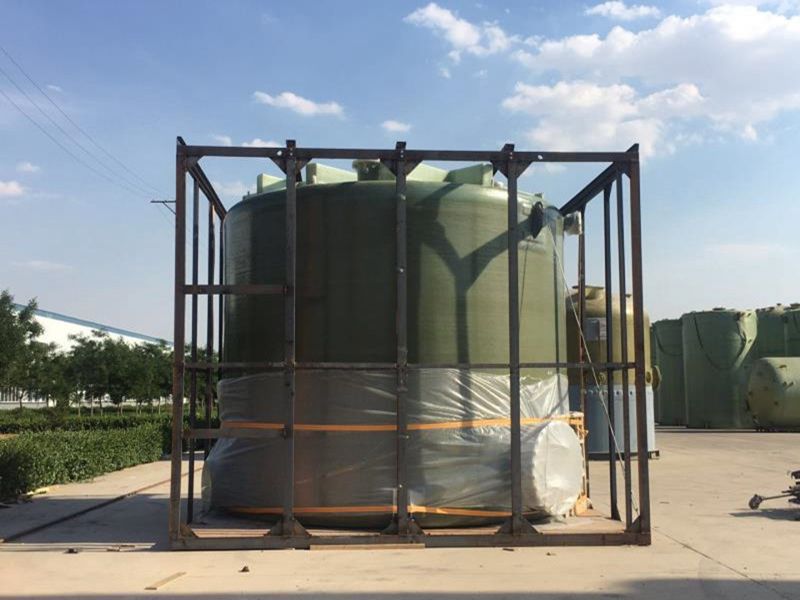
-
 Afrikaans
Afrikaans -
 Albanian
Albanian -
 Amharic
Amharic -
 Arabic
Arabic -
 Armenian
Armenian -
 Azerbaijani
Azerbaijani -
 Basque
Basque -
 Belarusian
Belarusian -
 Bengali
Bengali -
 Bosnian
Bosnian -
 Bulgarian
Bulgarian -
 Catalan
Catalan -
 Cebuano
Cebuano -
 China
China -
 China (Taiwan)
China (Taiwan) -
 Corsican
Corsican -
 Croatian
Croatian -
 Czech
Czech -
 Danish
Danish -
 Dutch
Dutch -
 English
English -
 Esperanto
Esperanto -
 Estonian
Estonian -
 Finnish
Finnish -
 French
French -
 Frisian
Frisian -
 Galician
Galician -
 Georgian
Georgian -
 German
German -
 Greek
Greek -
 Gujarati
Gujarati -
 Haitian Creole
Haitian Creole -
 hausa
hausa -
 hawaiian
hawaiian -
 Hebrew
Hebrew -
 Hindi
Hindi -
 Miao
Miao -
 Hungarian
Hungarian -
 Icelandic
Icelandic -
 igbo
igbo -
 Indonesian
Indonesian -
 irish
irish -
 Italian
Italian -
 Japanese
Japanese -
 Javanese
Javanese -
 Kannada
Kannada -
 kazakh
kazakh -
 Khmer
Khmer -
 Rwandese
Rwandese -
 Korean
Korean -
 Kurdish
Kurdish -
 Kyrgyz
Kyrgyz -
 Lao
Lao -
 Latin
Latin -
 Latvian
Latvian -
 Lithuanian
Lithuanian -
 Luxembourgish
Luxembourgish -
 Macedonian
Macedonian -
 Malgashi
Malgashi -
 Malay
Malay -
 Malayalam
Malayalam -
 Maltese
Maltese -
 Maori
Maori -
 Marathi
Marathi -
 Mongolian
Mongolian -
 Myanmar
Myanmar -
 Nepali
Nepali -
 Norwegian
Norwegian -
 Norwegian
Norwegian -
 Occitan
Occitan -
 Pashto
Pashto -
 Persian
Persian -
 Polish
Polish -
 Portuguese
Portuguese -
 Punjabi
Punjabi -
 Romanian
Romanian -
 Russian
Russian -
 Samoan
Samoan -
 Scottish Gaelic
Scottish Gaelic -
 Serbian
Serbian -
 Sesotho
Sesotho -
 Shona
Shona -
 Sindhi
Sindhi -
 Sinhala
Sinhala -
 Slovak
Slovak -
 Slovenian
Slovenian -
 Somali
Somali -
 Spanish
Spanish -
 Sundanese
Sundanese -
 Swahili
Swahili -
 Swedish
Swedish -
 Tagalog
Tagalog -
 Tajik
Tajik -
 Tamil
Tamil -
 Tatar
Tatar -
 Telugu
Telugu -
 Thai
Thai -
 Turkish
Turkish -
 Turkmen
Turkmen -
 Ukrainian
Ukrainian -
 Urdu
Urdu -
 Uighur
Uighur -
 Uzbek
Uzbek -
 Vietnamese
Vietnamese -
 Welsh
Welsh -
 Bantu
Bantu -
 Yiddish
Yiddish -
 Yoruba
Yoruba -
 Zulu
Zulu
Advanced Composite Materials for Thermal and Nuclear Energy Applications
Advanced FRP Materials for Heat and Nuclear Power Applications
Fiber Reinforced Polymer (FRP) materials have gained significant traction in recent years, particularly in harsh environments such as heat and nuclear power applications. These composites, composed of polymer matrices reinforced with fibers, are known for their remarkable strength-to-weight ratio, corrosion resistance, and thermal stability—qualities that make them ideal for various engineering applications.
Advantages of FRP Materials
One of the primary advantages of FRP materials is their excellent resistance to corrosion and chemical degradation. In nuclear power plants, where components are often exposed to aggressive environments and substances, traditional materials like metals can suffer from oxidation and corrosion over time. FRP materials, however, are highly resistant to such degradation, leading to extended lifespan and reduced maintenance costs.
Furthermore, FRP materials exhibit low thermal conductivity, which is crucial in heat management applications. In thermal power plants, maintaining efficiency while managing heat dissipation is vital. Lightweight and strong, FRP composites can be strategically employed in construction elements, piping systems, and thermal barriers, enhancing the overall thermal performance of the system without adding significant weight.
Applications in Nuclear Power
In the realm of nuclear power applications, FRP materials have been recognized for their potential in creating structural components that withstand radiation. The ability of FRP to maintain integrity under such conditions allows for safer operation and improved longevity of nuclear facilities. Components such as containment vessels, storage tanks for hazardous materials, and shielding structures are being increasingly fabricated using advanced FRP composites.
Moreover, the versatility of FRP materials allows for a variety of designs and forms, giving engineers the flexibility needed for innovations in nuclear reactor design. For example, FRP can be molded into intricate shapes for cooling systems or reinforced for structural integrity in areas subjected to high radiation and temperature fluctuations.
frp materials for heat and nuclear power applications

Innovations in FRP Technology
Recent advancements in FRP technology have led to the development of high-performance composites that can withstand elevated temperatures, which is critical in both heat and nuclear power settings. Researchers are continuously exploring the integration of nanomaterials into FRP compositions, enhancing their thermal and mechanical properties further. The incorporation of carbon or glass fibers can significantly improve the strength and thermal resistance, allowing for new applications in high-temperature contexts.
Additionally, smart FRP materials are emerging on the market, equipped with sensors that allow for real-time monitoring of structural health. This capability is particularly important in nuclear power facilities, where detecting potential failures before they lead to catastrophic events is essential for safety and reliability. The integration of internet-of-things (IoT) technology with smart FRP composites can provide unprecedented insights into the operational status of critical components.
Challenges and Future Prospects
Despite the numerous advantages, there are challenges associated with the widespread adoption of FRP materials in heat and nuclear power applications. The initial costs of FRP materials can be higher than those of traditional materials, and the manufacturing processes require specialized techniques that may not be readily available in all regions.
Nonetheless, the increasing emphasis on sustainability and the demand for lightweight, durable materials favor the continued research and development in FRP technology. As industries strive for improved efficiency and reduced environmental impact, FRP materials are poised to play a significant role in the evolution of heat and nuclear power infrastructures.
In conclusion, the use of FRP materials in heat and nuclear power applications presents an exciting frontier in material science and engineering. Their unique properties and adaptability make them an essential component for developing safe, efficient, and sustainable energy solutions. As technology advances, the future of FRP in these critical sectors looks promising, paving the way for innovative designs and enhanced operational reliability.









